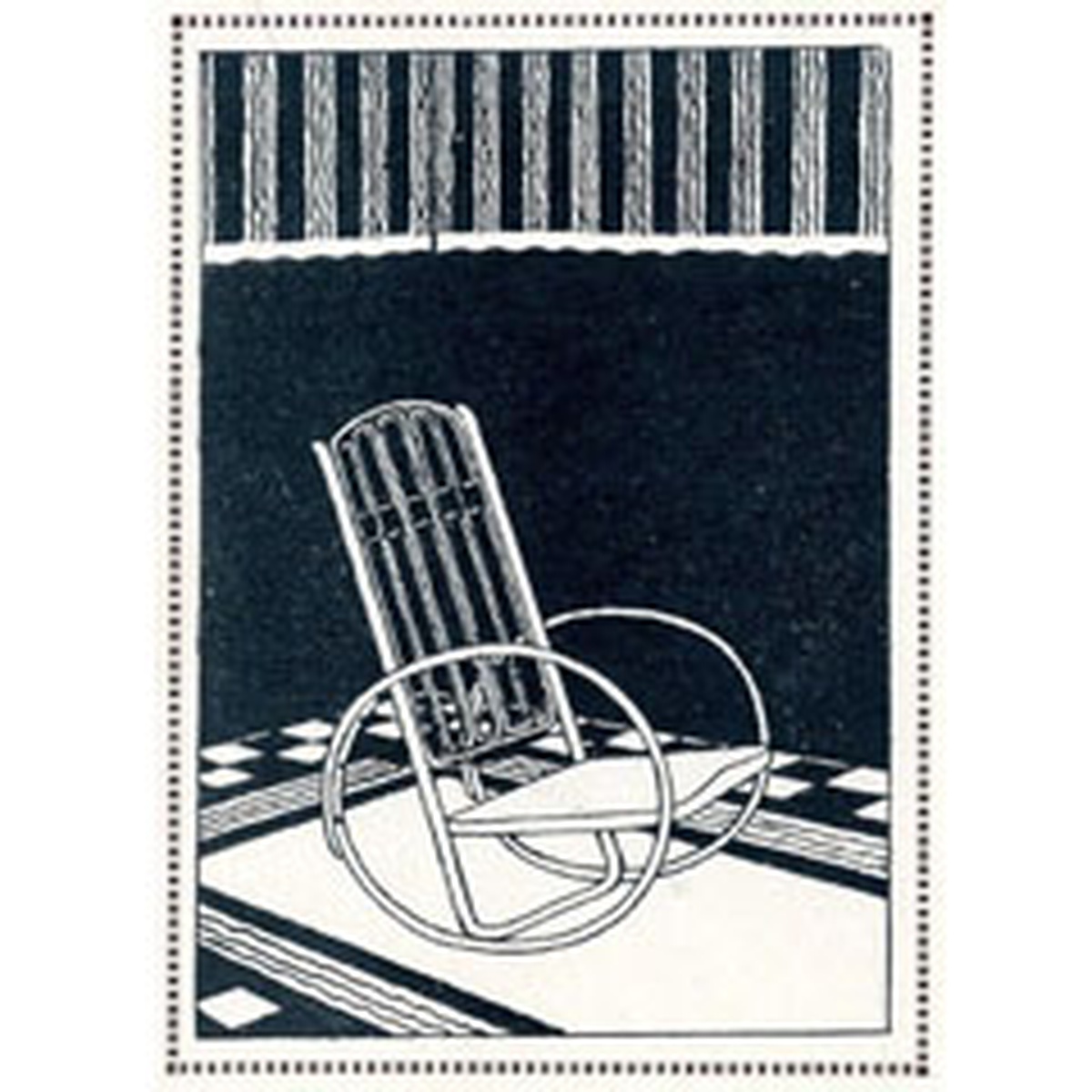Museo del Design del Friuli Venezia Giulia – Associazione di Promozione Sociale
P. IVA e CF 02863400301 – info@mudefri.it
SITZMACHINE
The Sitzmaschine, that is, the "machine for sitting," usually refers to the chair
designed by Hoffmann for the Purkersdorf Sanatorium in Vienna in 1905, patended by Jacob & Josef Kohn in 1908 and named n.699 in their catalogues.
It is not known whether Antonio Volpe's executives were aware of this relation, but they had certainly seen Kohn’s armchair n. 669 at the Exposition of Milan in 1906. However, the design chosen by the Italian company was definitely more complex than the one of the armchair in Milan.
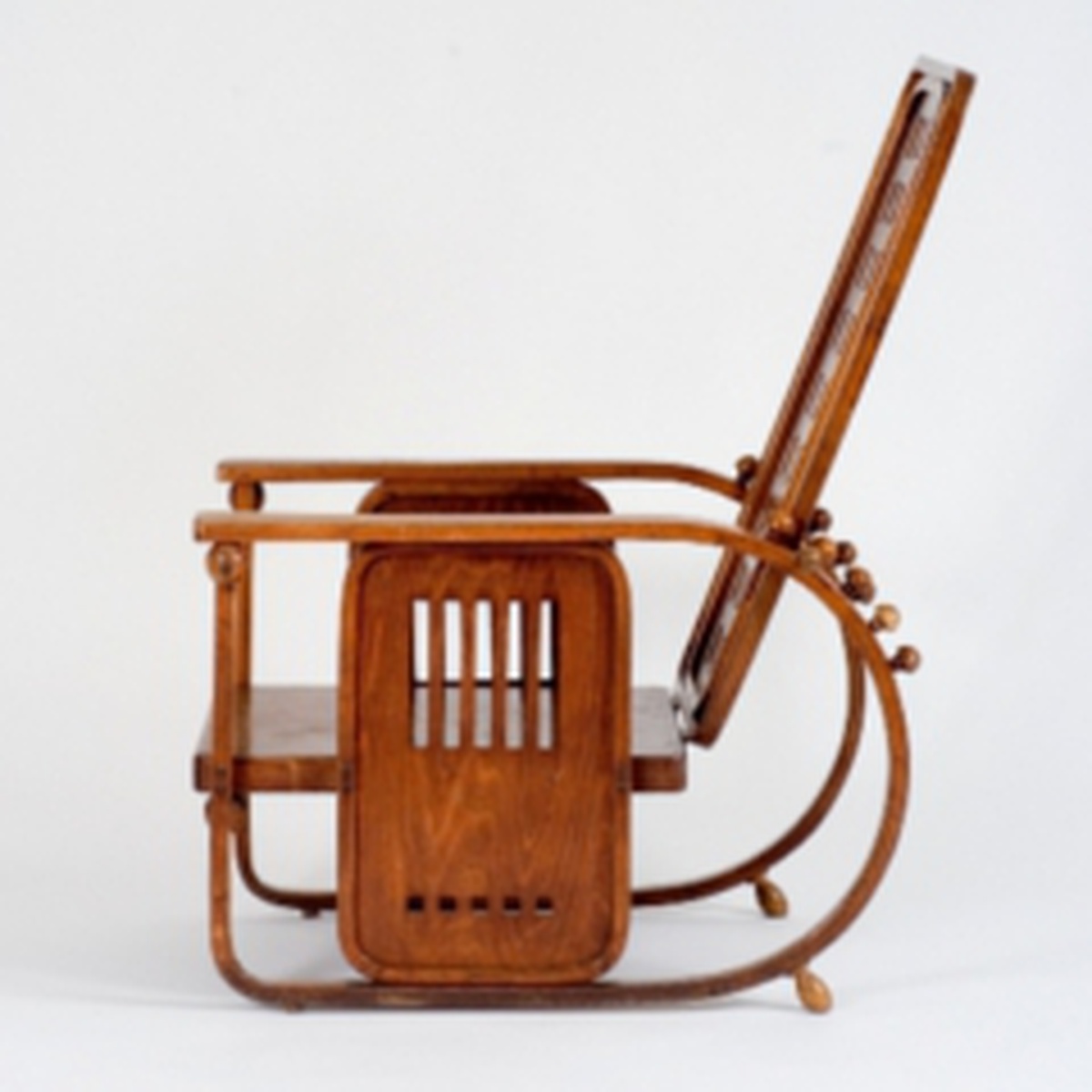
HOFFMANN KNOBS
The Morris Armchair n.669 manufactured by Josef & Jacob Kohn, designed by Joseph Hoffmann (wrongly known as Sitzmachine) made a clear reference to an adjustable-back English Arts and Crafts chair known as the Morris chair, designed by Philip Webb around 1866.
In Hoffmann’s Sitzmaschine design, a wooden bar set in hooked back racks allowed to control the reclining of the back- and the footrest. This invention, however, was not an original idea of Hoffmann, but a design realized in metal by Otto Prutscher for Thonet in 1905.
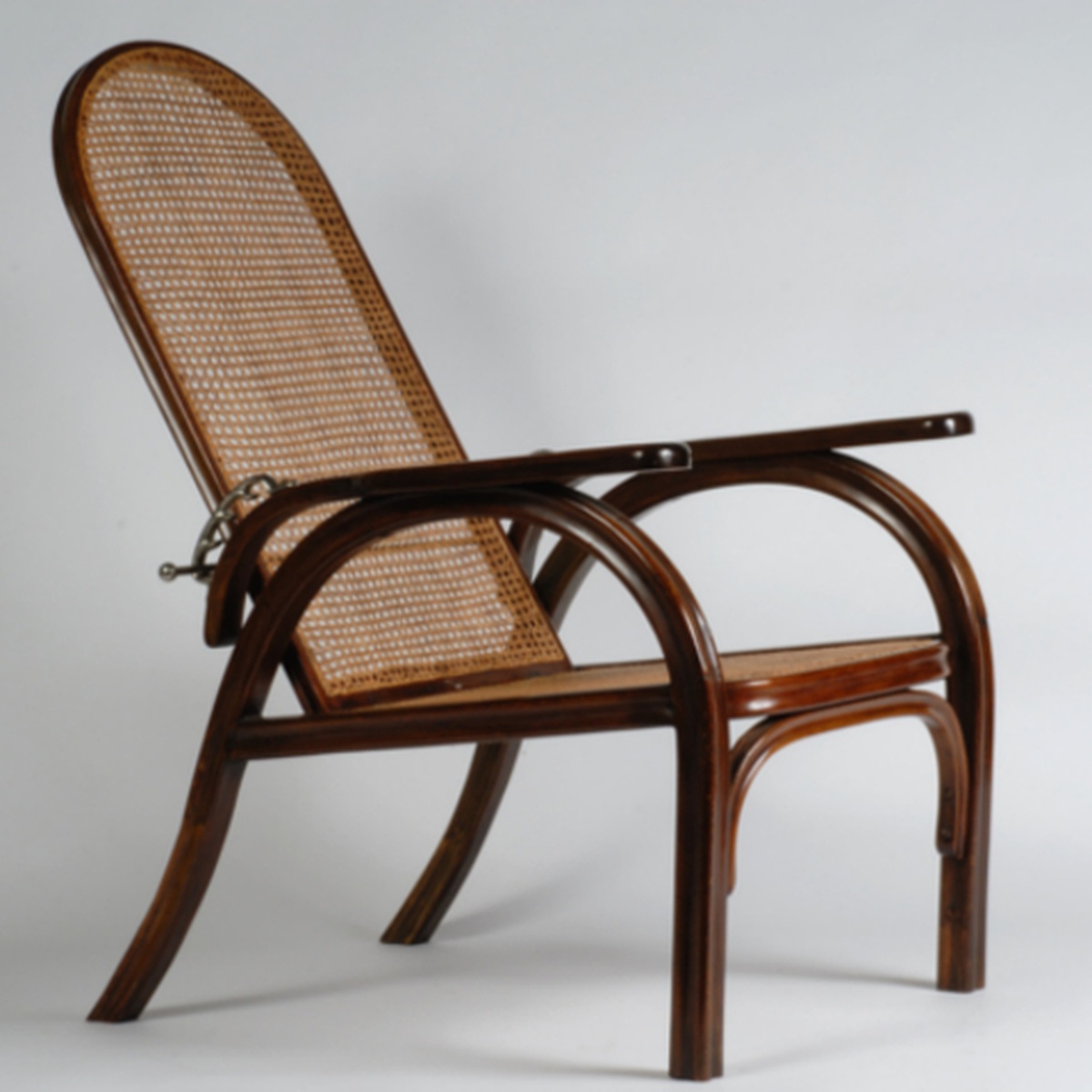
It is no coincidence that the rocker 267 designed by Max Fabiani for the Società Antonio Volpe is in the collections of several museums around the world and is still erroneously advertised as an example of the Viennese Secession.
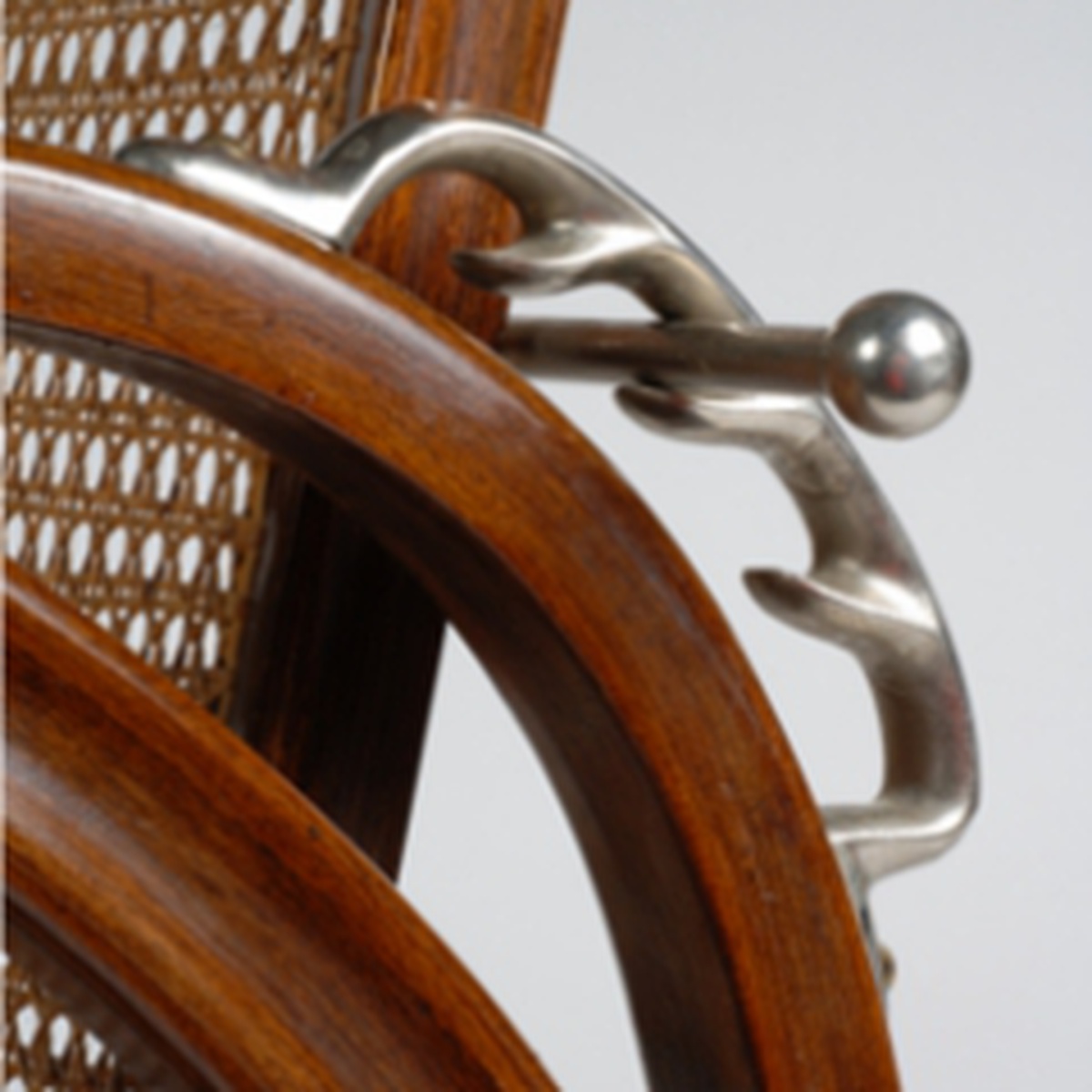
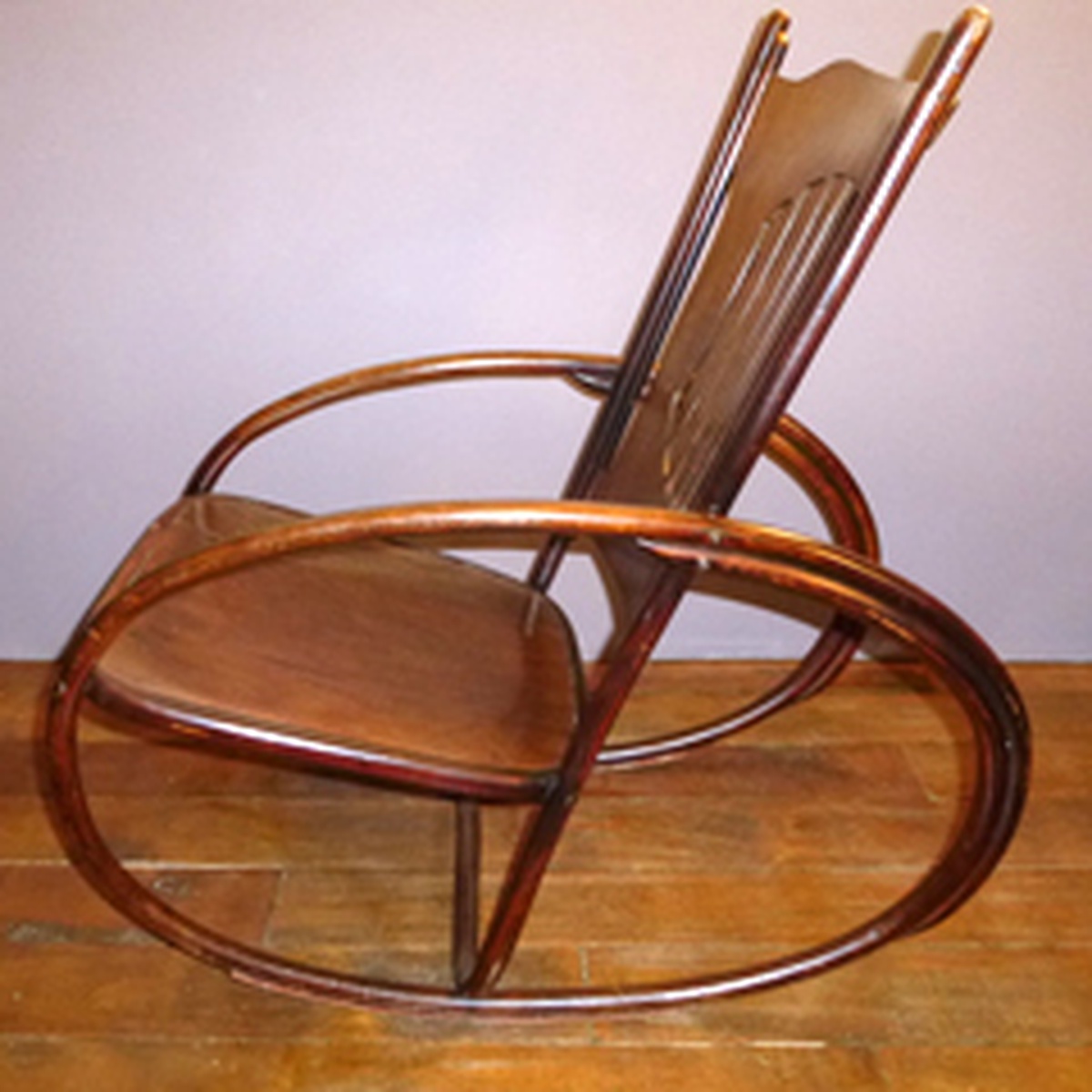
Generally, all the rocking chairs where designed from the assumption that the rockers (the curved bands and sliding shapes that allow one’s to rock back and forth on the chair) should have ended as a backrest pillar. Only one model before the one created by Volpe deviated from this common idea: the model n. 827 by Jacob & Josef Kohn n.827 indeed had a different approach.
Test casella 15
